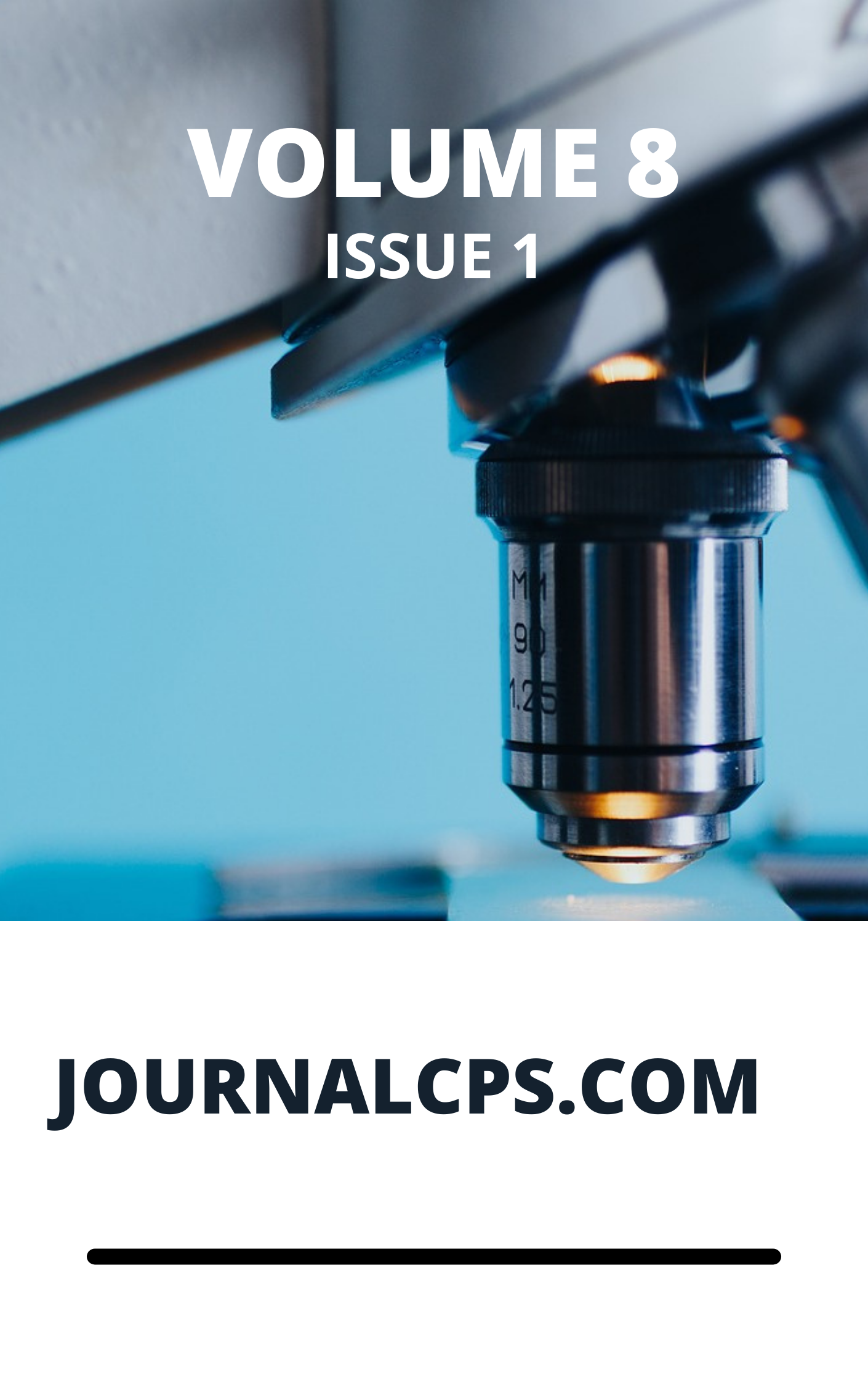Preparation and Characterization of African Star Apple Seed Shell (Chrysophyllum Africanum) For The Removal of Acid Red 9
Keywords:
Water contamination, dye, remediation, adsorption, activated carbon, African apple seedAbstract
Kabiru Usman, H. Abba and O. R. A. Iyun
In the present work, activated carbon (AC), prepared from the shells of African star apple seed (Chrysophyllum Africanum) (and modified with H3PO4) were characterized (with SEM and FTIR) and applied for the adsorption removal of Acid red 9 dye from aqueous solution. The scanning electron micrograph of the adsorbent showed an unsmooth appearance with irregularly arranged molecular units while the FTIR spectrum showed some carbon associated bonds. The application of the Central Composite Design (CCD) for response surface analysis led to a projection that 97% removal of acid dye could be achieved in 60 minutes with an adsorbent dosage of 1.4 g at a pH of 6. The adsorption isotherm parameters were analyzed. The adsorption process followed Freundlich isotherm model. The adsorption capacity of this seed can be utilized for the treatment of strongly polluted industrial wastewaters containing acid dye.
Downloads
Published
Issue
Section
Similar Articles
- M. M. Ndamitso, M. Musah, J. T. Mathew, V. T. Bissala, Comparative Nutritional Analysis of Daddawa Made from Fermented Parkia biglobosa and Glycine max Seeds , Communication In Physical Sciences: Vol. 5 No. 3 (2020): VOLUME 5 ISSUE 3
- Dulo Chukwemeka Wegner, A Review on the Advances in Underwater Inspection of Subsea Infrastructure: Tools, Technologies, and Applications , Communication In Physical Sciences: Vol. 12 No. 5 (2025): Vol 12 ISSUE 5
- Gideon Wyasu, Determination of Bacteriological and some physicochemical properties of Hospital wastewater , Communication In Physical Sciences: Vol. 4 No. 2 (2019): VOLUME 4 ISSUE 2
- Ivwurie Wisdom, Gabriel Akindeju, Assessment of Polycyclic Aromatic Hydrocarbons in Soils from Selected Areas in Agbarho Communities, Delta State, Nigeria , Communication In Physical Sciences: Vol. 8 No. 2 (2022): VOLUME 8 ISSUE 2
- Ivwurie Wisdom, Gabriel A. Akindeju, Assessment of Aliphatic Hydrocarbons in Soils from Selected Areas in Agbarho Communities, Delta State, Nigeria , Communication In Physical Sciences: Vol. 8 No. 3 (2022): VOLUME 8 ISSUE 3
- Felicia Uchechukwu Okwunodulu, Stella Mbanyeaku Ufearoh, Amaku James Friday, Angela Nwamaka Anim, Colorimetric detection of Hg(II) ions present in industrial wastewater using zinc nanoparticle synthesized biologically with Rauwolfia vomitoria leaf extract , Communication In Physical Sciences: Vol. 5 No. 4 (2020): VOLUME 5 ISSUE 4
- Faith Osaretin Osabuohien, Green Analytical Methods for Monitoring APIs and Metabolites in Nigerian Wastewater: A Pilot Environmental Risk Study , Communication In Physical Sciences: Vol. 4 No. 2 (2019): VOLUME 4 ISSUE 2
- Habeeb Ayoola Ayinla, Musa Azeez Ololade, Ola-Buraimo Abdulrazaq Olatunji, Sule Peter Isaac, David Emmanuel, Baba Aminu Mu'awiya, Francis, Joseph Amobi, Hydrocarbon Generation Potential of the ETA Zuma Coal Mines, Anambra Basin, Nigeria: Insight from OrganicPetrography , Communication In Physical Sciences: Vol. 10 No. 2 (2023): VOLUME 10 ISSUE 2
- Ahamefula A. Ahuchaogu, Okenwa U. Igwe, Isolation and Characterization of Secondary Metabolite from the leaves Aspilia Africana (Pers.) C. D. Adams (Asteraceae) , Communication In Physical Sciences: Vol. 5 No. 4 (2020): VOLUME 5 ISSUE 4
- U. M. Etesin, Distribution of Benzene, Toluene, Ethyl Benzene, Xylene (Btex) and Polynuclear Aromatic Hydrocarbons (PAHs) in Diesel Fuel from Independent Marketers and Bunkering Activities in Nigeria , Communication In Physical Sciences: Vol. 4 No. 2 (2019): VOLUME 4 ISSUE 2
You may also start an advanced similarity search for this article.




